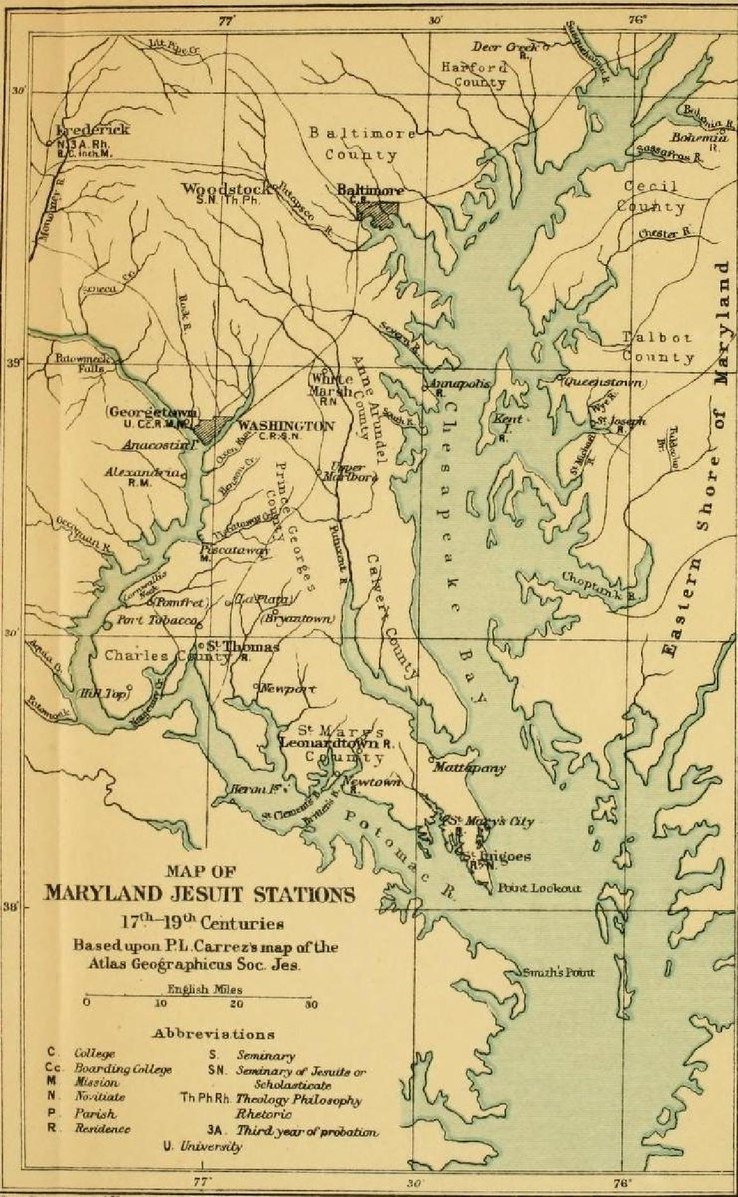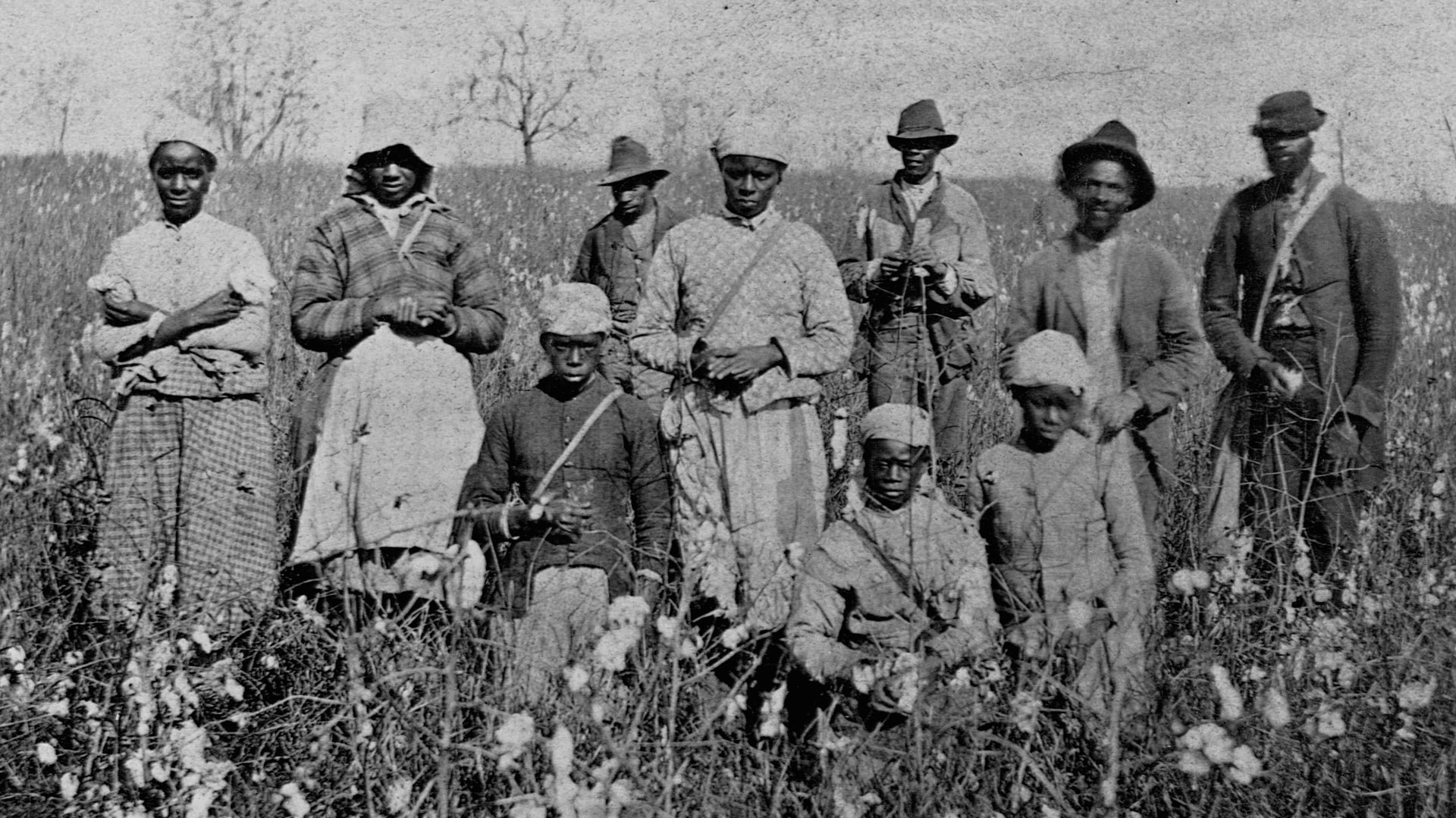History
Snapshots
In the snapshots below, we aim to show how race has shaped our nation's social, political, legal, and cultural development. We argue, as many historians do, that beliefs in Black racial "inferiority" and White racial "supremacy" have influenced our country alongside the goals of freedom and democracy. As we provide these overviews, we have sought to center and reference Black scholars as much as possible. Throughout the entire history section, we focus on two themes:
We examine the impact that the United States’ history with slavery and segregation has had on the Black community, particularly by controlling access to where Black people could live (land and housing) and what they could do to make money (economic livelihood).
We explore the ways that the hopes, dreams, patience, frustration, and anger drove the African American community to cultivate thriving communities and to push the United States toward a more perfect expression of our ideals of freedom and democracy.
In conclusion, we hope these snapshots inspire deeper study and promote a more complete understanding of our history, including tracing the causes of many of the injustices we face today so that we are equipped to be better collaborators, problem solvers, and citizens for a more just country and world.
1800: Abolitionism - the Fight for Human Rights
Rebellions against White plantation owners, fleeing enslavement, and forming political and religious movements were some of the many ways Black men and women confronted and resisted the dehumanizing institution of slavery.
1800-1850: Intensifying Debates
Importation of enslaved persons stopped in 1808, but Southern reliance on enslaved labor to fuel it's economy and Northern discomfort with the morality of enslavement created intense political battles in Congress and across the States. Free and enslaved Black men and women continued to assert their claim to the liberties and freedoms enumerated in the founding documents.
1808: The Catholic Church, the Jesuits, and Enslaved People in St. Louis
The Catholic Church, specifically the Society of Jesus (Jesuits), used enslaved people in St. Louis as forced laborers to build and maintain their farms and schools. Enslaved Black men and women used religion and religious practices as a means of resistance and hope.
1820: Missouri Enters the Union as a Slave State
When Missouri joined the Union in 1820, it entered the Union as a “slave state,” effectively enshrining the dehumanizing forced labor practices into the state’s legal system.
1847: Dred Scott and the Freedom Seekers
Black men and women used the U.S. legal system to fight to be recognized as citizens of the United States and to be provided the same legal protections as White people.
1856: The Preaching of Sojourner Truth and the Caning of Charles Sumner
Conflict over the morality of slavery led to outbreaks of violence in the U.S. capitol. Abolitionists, such as Sojourner Truth, continued to highlight the disparities between White rhetoric around freedom and the legal statutes denying this freedom to Black Americans, and especially to Black women.
1860-1865: Missouri during and after the Civil War
While Missouri entered the United States as a slave state, it entered the Civil War as a border state, with Unionists and Confederates struggling for power. Black men and women risked their lives to aid the Union and to advance the cause of freedom in the state.
1865-1877: Reconstruction and Rights
After Congress ended slavery, African Americans focused on improving their lives during Reconstruction. The federal government kept troops posted in the South to uphold their rights and ensure the full dismantling of the slave system. Despite progress, violence against Black individuals persisted from those who may have lost the war but did not change their mind about Black inferiority.
1877: Retrenchment and Jim Crow
After Reconstruction, African Americans shifted from resisting enslavement in the institution of slavery to resisting a new racial caste system referred to as “Jim Crow.”
1879: The Exodusters and the St. Louis African American Community
The term Exoduster was given to groups of Black Americans migrating from the South to Kansas during the 1870s. St. Louis was an important stop along their journey and the St. Louis Black community provided significant support to them.
1880: The Advocacy of Ida B. Wells against Lynching
Lynching became an especially horrendous tool used by White mobs as a way to instill fear and enforce racial segregation. Black activists, such as Ida B. Wells, used the press and Black organizations to draw attention to this horrific crime.
1896: Plessy v. Ferguson and Institutionalized Segregation
The Supreme Court case Plessy v. Ferguson, which held that racial segregation did not violate the U.S. Constitution’s Fourteenth Amendment, was brought by African American activists to force the courts to address the injustice of Jim Crow. The deep-seated racist thinking of the court created an outcome that further reinforced Jim Crow segregation rather than ruling it in violation of the Fourteenth Amendment. Despite this setback, African Americans continued to push back against segregation and the ongoing dehumanization occurring across the United States.
1897: W. E. B. Du Bois
W.E.B. Du Bois’ research challenged prevailing White “research” that argued it had scientifically proven Black inferiority. He introduced a more scientific method for conducing social research, becoming the father of modern sociology.












